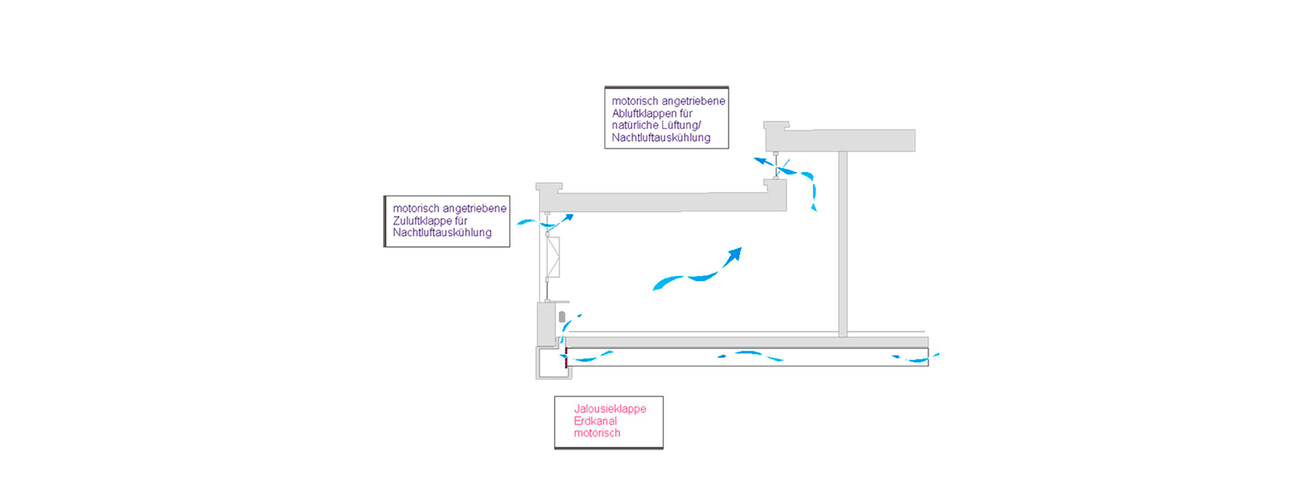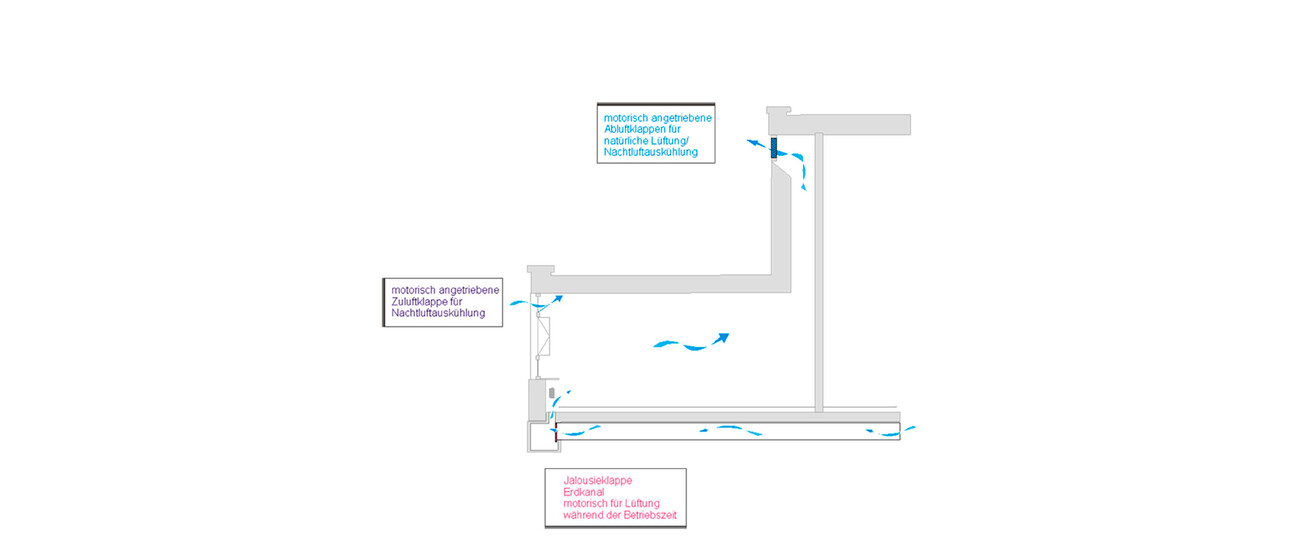Hans Thoma School, Oberursel, Germany


Not only that the new school has become a good building, we have also found the entire project phase particularly pleasant. Working in the design team, running through an integrative design process, is essential for this. Because we are not the only ones to experience this, we first let the architect have his say on this key element of our work, Olaf Hübner from Plus+:
"Integral planning with all specialist planners allows us to realize sustainable buildings that conserve resources and energy in a tight and goal-oriented design process. The demands placed on buildings are not only becoming increasingly complex due to the mixture of economic, ecological and socio-cultural objectives, but also contradictory in some respects. The holistic design process, together at an early stage, makes it possible to develop a project from the outset in cooperation and to develop and implement new or specific solutions.
At best, this can lead to a shortening of the planning and development process. In any case, however, it increases the quality of the overall design and thus of the building itself. And the result is rewarded by satisfaction, with us, with the team members and not least with the customer. We are happy to repeat such cooperation in the design team with the same or a similar team. Building remains an exciting adventure in which one likes to rely on a proven good relationship.”
The Hans-Thoma School is a school for children with special needs. Due to a lack of space in the existing building, it was decided to rise a new building, including a gym. Throughout the integral design process, Transsolar worked closely with the architects, the building physicists and the HVAC planners as well as the client to develop the design for the user-friendly new school building. The client wanted a sustainable building with quality and comfort and with low demands for fossil energy and as little technical complexity as possible.
The school is naturally ventilated with the exception of a few areas as the cafeteria, gym, and centrally located restrooms. The results of the cooperation as design team: The building supports the chimney effect with its roof shape and ensures natural, wind and thermally driven ventilation. The suction effect draws the supply air through flow-optimized underground ducts. The air is thus preconditioned for the classrooms, both in summer and winter. Pressure-controlled supply air openings are installed for classrooms on the upper floor, which ensure the necessary air changes, even on cold winter days, while maintaining thermal comfort.
During summer, the external sun protection and automatic night-time cooling of the concrete parts by means of air flow in all classrooms and group rooms achieve a high level of thermal comfort. The background here is the cooperation with the building physicist, because acoustic material covers only about 50% of the ceiling and thus the concrete can cool down.
A solar thermal system provides heat, and a wood pellet heater covers peak loads, as well as a redundant gas-fired boiler, all well-dimensioned through cooperation from the beginning with the HVAC planner, the architects and the client.







